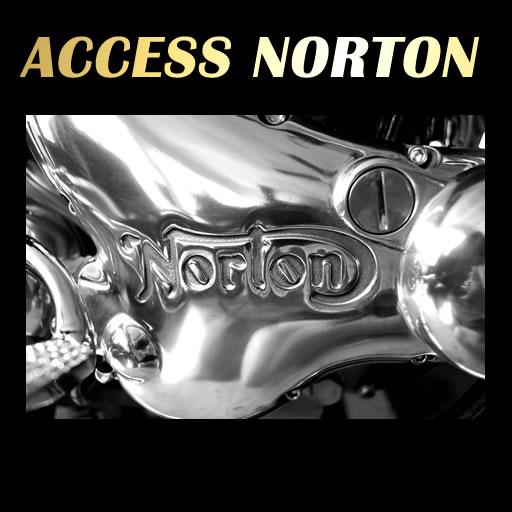- Joined
- Aug 19, 2021
- Messages
- 1,461
I'm not seeing 20X the price. Maybe 1 1/2 times the price ($160 compared to $100) IF you are comparing genuine Shindengen products. The genuine Shindengen regulators have a SS [late on the back. The cheap $20 knock-offs are potted on the back side. If the eBay add does not show pictures of the back of the regulator, it is most likely NOT a genuine Shindengen regulator.Does this make sense?
Regulators/Rectifiers | Motorcycle Products | SHINDENGEN ELECTRIC MFG.CO.,LTD
Introductions to Shindengen Regulators/Rectifiers information.www.shindengen.com
A Shindengen open-type reg appears to be twenty times the price of an EBay Honda shunt or short type. That’s a disadvantage to me!
There appears to be a limit to the current carrying capability of short types, in terms of heat dissipation and waste of engine power, so a 600W alternator may require the series or open type of reg.
I will say the £11 Chinese Honda short type works very well, long term on my 140W single phase Alton alternator. Some of you guys are on 180W 3-phase, I know, but that’s not a vast difference.
I paid $100 for my SH775 open type.
Last edited:

